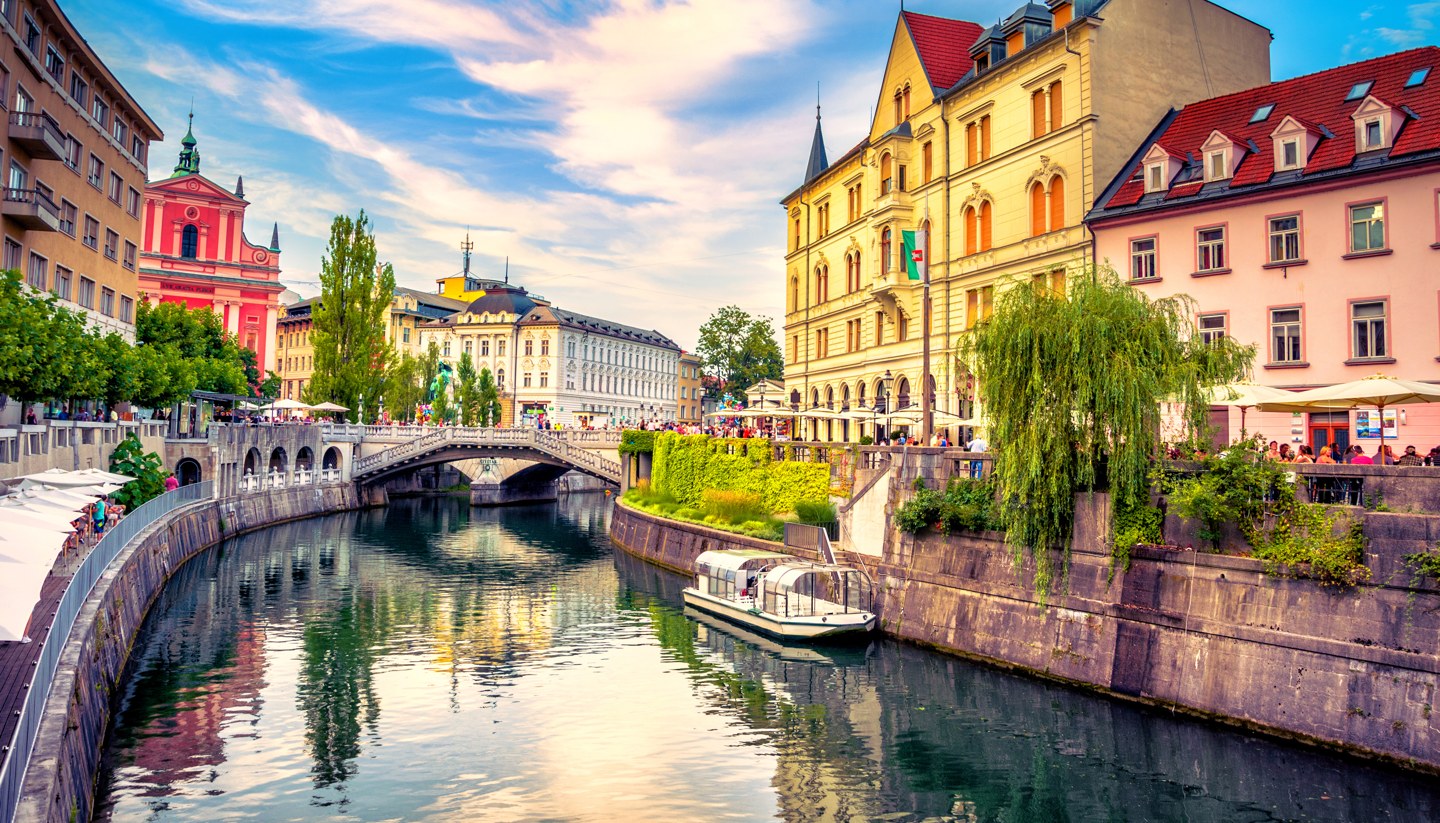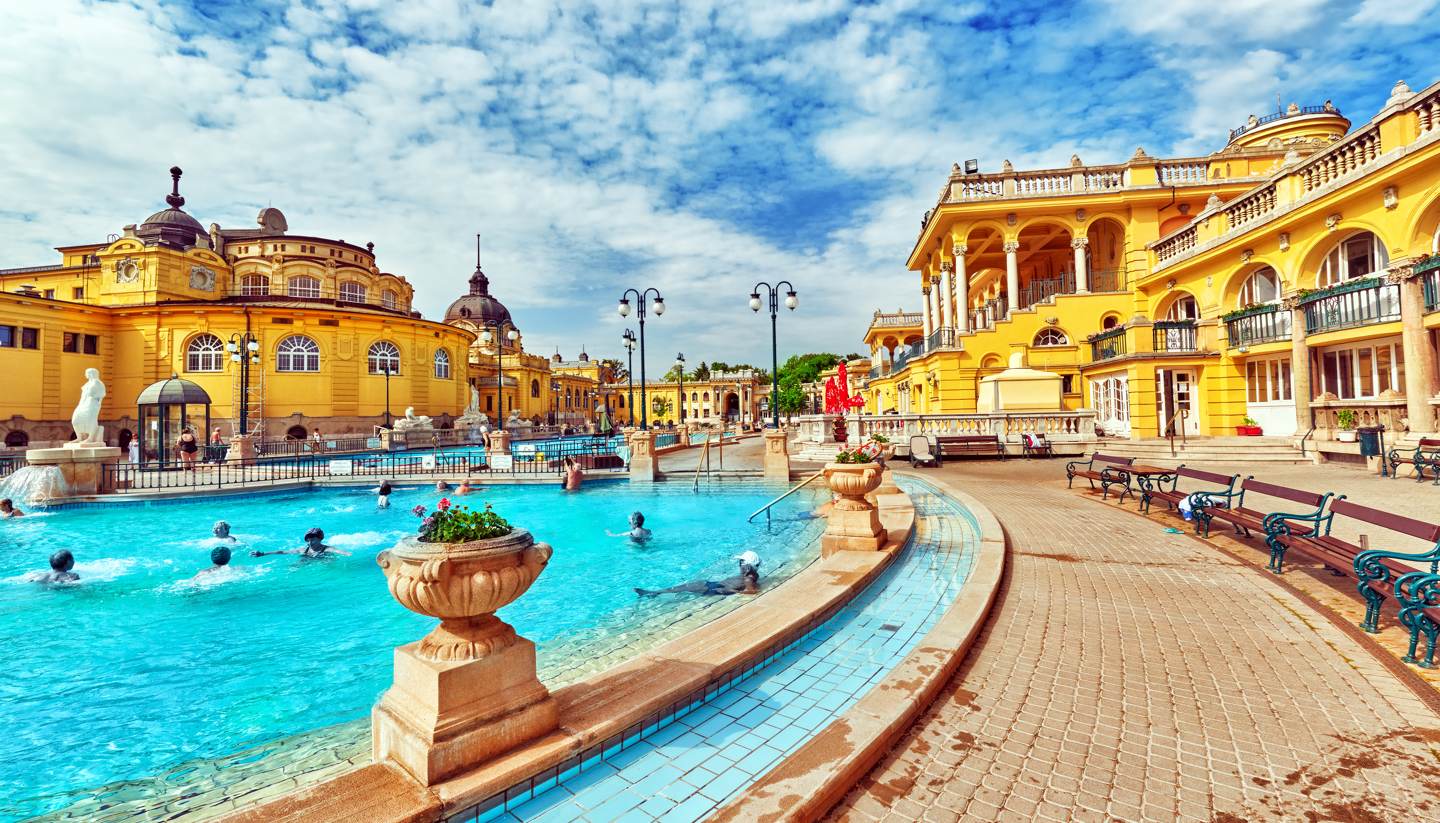Slovenia Weather, climate and geography
Weather and climate
Best time to visit
Slovenia's climate is diverse, influenced by its geographical location at the crossroads of the Alps, the Mediterranean, and the Pannonian Plain. The country experiences three main climate types: alpine in the northwest, continental in the central and eastern regions, and Mediterranean along the coast.
Spring (March to May): Spring is mild and pleasant, with blooming flowers and temperatures rising from around 10°C in March to 20°C by May. Spring is a great time to explore the countryside and enjoy outdoor activities without the summer crowds.
Summer (June to August): Summers are warm, with temperatures ranging from 25°C to 30°C, especially in the lowlands and coastal areas. The mountains are cooler, making them ideal for hiking. This is the peak tourist season, particularly around Lake Bled and the Adriatic coast.
Autumn (September to November): Autumn brings cooler temperatures (15°C to 20°C) and vibrant foliage, making it a picturesque time to visit. September is often the harvest season, perfect for exploring Slovenia's wine regions.
Winter (December to February): Winters are cold, especially in the alpine regions, where snow is common and temperatures often drop below freezing. This is the best time for skiing in resorts like Kranjska Gora or Vogel, while cities like Ljubljana are enchanting with festive markets and lights.
Required clothing
In spring and autumn, pack layers, including a light jacket or sweater, as temperatures vary. Summer calls for lightweight clothing, along with comfortable walking shoes and swimwear for lakes or the coast. For winter visits, especially in alpine areas, warm clothing such as insulated jackets, gloves, hats, and sturdy boots is essential. If you plan to hike, no matter the season, bring appropriate gear like waterproof jackets and sturdy hiking shoes to navigate Slovenia's diverse terrain comfortably.
Geography
Slovenia is a compact yet remarkably diverse country, nestled at the crossroads of Central and Southeastern Europe. Bordered by Italy to the west, Austria to the north, Hungary to the northeast, and Croatia to the south, Slovenia offers a varied landscape that includes Alpine peaks, Mediterranean coastline, rolling hills, and fertile plains. Despite its small size, the country's geography is a stunning showcase of natural beauty and diversity.
The north of Slovenia is dominated by the majestic Julian Alps, including Triglav National Park and Mount Triglav, the country's highest peak at 2,864 metres (9,396 ft). This region is known for its breathtaking scenery, glacial lakes like Lake Bled and Lake Bohinj, and alpine valleys perfect for skiing, hiking, and mountaineering.
Southern Slovenia is home to the Karst region, famous for its limestone caves like Postojna and Škocjan, as well as the dramatic Predjama Castle. The area transitions into the Adriatic coast, where charming towns like Piran showcase Mediterranean influences. This region also features fertile vineyards and olive groves.
The eastern part of the country is characterised by rolling hills and fertile plains. This region includes the Prekmurje and Štajerska areas, known for their agriculture, spas, and the Mura River. Towns like Maribor offer a mix of historical charm and winemaking heritage, with the iconic Old Vine symbolising the area's viticulture.
Western Slovenia borders Italy and is marked by the Soča Valley, renowned for its turquoise river and adventure sports like white-water rafting and kayaking. The Vipava Valley and Goriška Brda areas are known for their vineyards, producing some of Slovenia's finest wines. The region also features connections to the Alpine landscape.




